Solar industry leaders from across the United States and the globe gathered in an informative and especially timely virtual event as the pv magazine Roundtables USA took place on November 9.
As U.S. and global solar markets rapidly recover from disruptions caused by the COVID-19 pandemic, a vision of optimal, resilient solar PV solutions to speed decarbonization and tackle the existential climate challenge was shared. Through a total of six hours of curated sessions that were moderated by Senior U.S. Editor David Wagman, U.S. Editor Tim Sylvia, global Editor in Chief Jonathan Gifford, and Associate Editor Ryan Kennedy, equipment manufacturers, researchers, policymakers, and other stakeholders shared their view of how to accelerate deployment in pursuit of national and global goals.
Session one: Solar resiliency in an age of extremes
Karla Loeb, a member of the board of directors and the distributed generation chair of the Solar Energy Industries Association got things started with a spotlight on solar PV resiliency in an age of extremes. Under a shifting climate, disasters like what was witnessed in the winter storms of Texas, and Hurricane Ida are expected to persist in the future. A redefined grid, one that not only cuts climate-fueling carbon emissions, but one that is resilient to the weather events of our future is paramount.
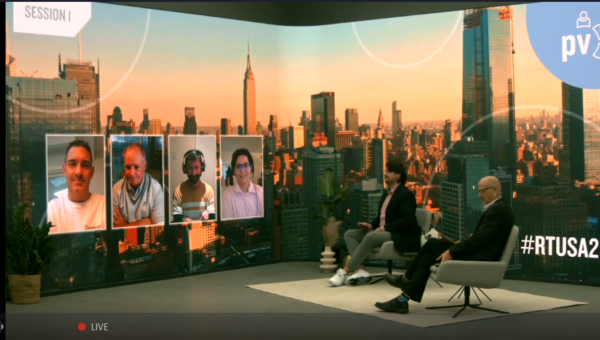
Loeb shared, “We need energy where people live, not just in areas that support our industrial processes.” A distributed energy grid is less exposed to localized disasters, and is better able to store, deliver, and perform auxiliary grid services under extreme events, including weather events and national security emergencies.
Her talk was followed by a panel featuring experts from Sandia National Laboratories, PV Evolution Labs, Enduans Solar, and VDE Americas. Under the moderation of Tim Sylvia, they shared strategies in bolstering PV’s defense from wind, hail, heat, fire threats and more. We learned about the evolution of system components in an environment of increased risk, and how shifting risks due to environmental change factor into project insurance assessment.
An illuminating presentation was given by Claire Kearns-McCoy, senior project manager and solar engineer with Clean Energy Associates. Kearns-McCoy explained how electroluminescence (EL) imaging can be used to evaluate the quality of electrical contacts in solar cells.
She advocated for the use of EL imaging early in the installation process for field-based quality assurance. EL can provide a visual check for damage, defective modules, and proper installation techniques. Multiple steps of EL checks throughout the process can allow for problem remediation before an issue is widespread.
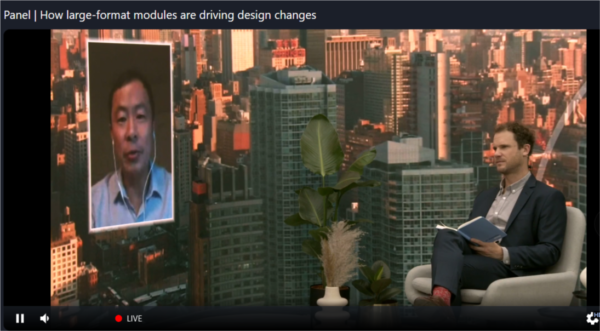
Next up was a deep-dive into module reliability from Hongbin Fang, director of product marketing with module-maker Longi. He reviewed the component ripple effect onset by the industry shift to larger-format modules. He shared that while adding thicker glass and sturdier frames to large-format modules would decrease microcracking, it would also increase cost, and that Longi is instead focused on increasing overall efficiency to make up for some losses in cracking-related degradation.
Fang was joined by a panel that included Pedro Magalhães of Arctech Solar and Ben Damiani of Solar Inventions. With questions from Jonathan Gifford, the three dove deeper into how designs altered and adapted to the new large format. Balance of system issues are emerging, particularly in module’s electrical connectors, which many in the industry are calling for improved standards for safety and reliability.
A second fireside chat led by Tim Sylvia included software gurus Matt Campbell of Terabase and Aron Dobos of Nextracker. The three explored the factors the underly solar system underperformance, and how software tools can enhance performance. The cutting-edge of solar project software uses 3D modeling, GIS, and Sim City-like construction simulators to model real-world possibilities, cutting costs and de-risking projects.

The first session wrapped up with a special presentation by Dana Redden, founder and CEO of Solar Stewards. She explained why diversity, inclusion, equity, and justice need to have a center-stage position in the energy transition. Energy as an industry has a history of injustice along economic and racial lines, and the re-building of our energy infrastructure means we are at an inflection point in which we have the opportunity to restructure the way it is built and managed in a more inclusive and equitable way.
Networking
In between the main-stage events, our attendees shared ideas and approaches, made connections, and offered their suggestions for future discussions at our networking events. The networking was a blend of one-on-one “speed dating” style sessions, in which participants joined online video chat rooms to meet Roundtables partner companies.
Simultaneously, John Balfour founder of High-Performance PV, led a discussion moderated by Ryan Kennedy. After John kicked off the talk, participants asked questions through a live dialogue, and sent in questions via chat.
Dr. Balfour explained his position on why solar needs to be designed, implemented, and managed as long-term infrastructure, and should not merely be focused on becoming the lowest-cost resource available in a short-term way. He shared how the current model of project development is one that creates a lot of early revenue for developers and investors, but long-term stakeholders may be handed a low-value, problem-laden facility in the future if resiliency is not in focus.
Session 2: Accelerating solar deployment
Garrett Nilsen, acting director of the U.S. Department of Energy’s Solar Energy Technologies Office opened the second session, outlining the Biden Administration’s clean energy goals with a focus of solar energy, and the related initiatives DOE is pursuing.
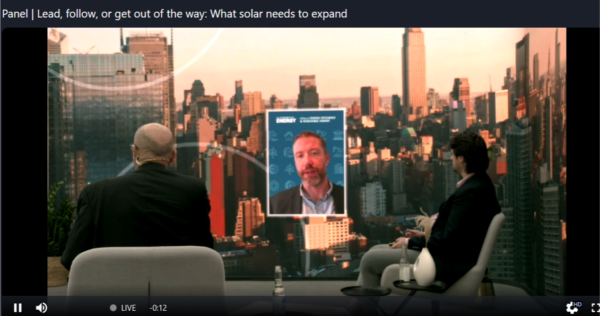
Next, a panel of four led a talk titled “Lead, follow, or get out of the way: What solar needs to expand.” Panel members who were interviewed by David Wagman and Tim Sylvia included Suzanne Leta, head of policy and strategy for SunPower; Dean Solon
founder of Shoals Technologies Group; Elizabeth Sanderson, executive director of Solar Energy International; and Paul Wormser, vice presiden of technology for Clean Energy Associates.
The group covered a range of subjects, including highlights of the DOE-backed SolarAPP+, an automated permitting app that is slashing residential solar permit wait times. A call for greater diversity in the solar workforce was shared, as only 30% of the workforce are women, and only 8% are Black.
And the group weighed in on how the U.S. may be able to expand its solar manufacturing base and over what period of time.
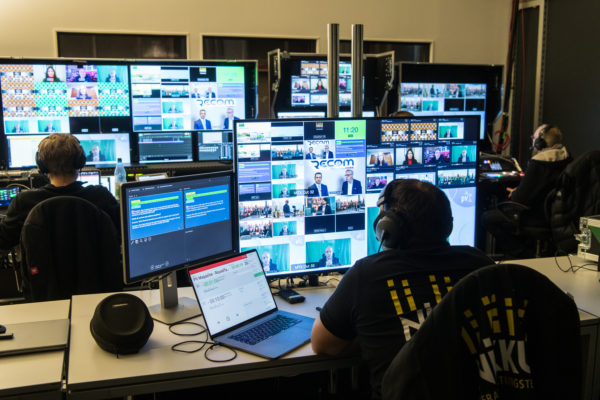
Michael Parr, director of the Ultra Low Carbon Solar Alliance, spoke in a one-on-one interview with David Wagman and addressed the environmental footprint of solar. He shared that about 70-90% of global solar manufacturing is located in China, where solar has near double the carbon emission intensity in its production process. He advocated for a more dispersed and geographically diverse manufacturing supply chain. He said that market forces will continue to be the strongest driver in decarbonizing solar products, and that buyers must actively select low-carbon module sourcing.
Following this interview, heterojunction module maker Recom offered a video presentation featuring Hamlet Tunyan, CEO, and Vartan Oskanian, advisor to the CEO.
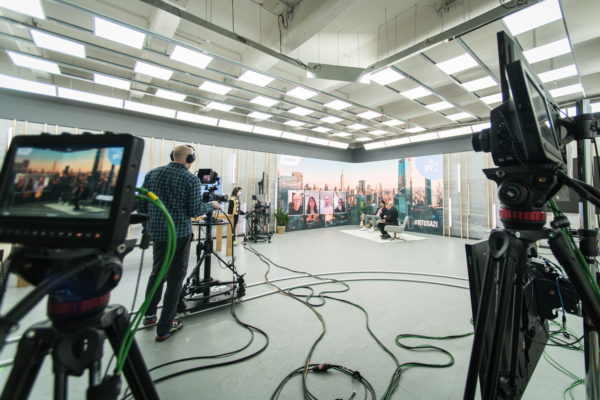
The company combines silicon and thin-film technologies in their modules, and offers extra levels of transparency in its supply chain origination. Recom module whitepapers trace the location the materials were sourced from and track the total carbon emission output for each component in the module.
Moving from modules to energy storage, the Roundtables covered the emergence of the alkaline battery as a low-cost, safe alternative to lithium-ion batteries. Joining Tim Sylvia in the discussion were Ann Marie Augustus, co-founder and VP of operations at Urban Electric Power, and George Schulz VP of clean energy at Ariel Re.
Schulz said that project insurance underwriting has come under pressure from issues like thermal runway of batteries, and new technologies are difficult to accurately underwrite. Safety of energy storage, in particular, will continue to be an important issue, and data transparency will be important in limiting risks for all.
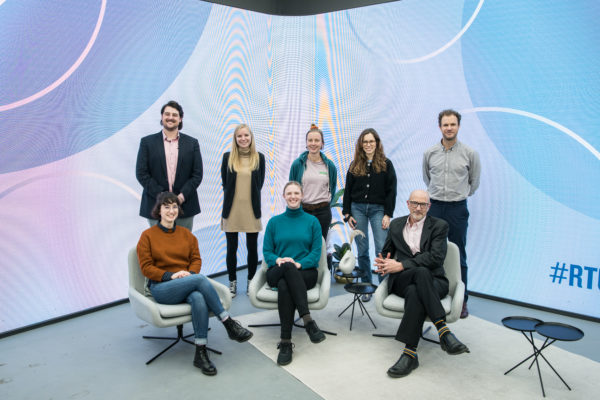
pv magazine USA
The Roundtables then turned its attention to the future and solar cleantech innovations in the drive to a decarbonized future. Taking part in this panel were Massoud Amin of the University of Minnesota, solar energy leader Karl Rabago, Chris Gordon, project development manager at EDF Renewables North America, and Marlene Motyka, U.S. and global renewable energy leader at Deloitte.
As nations reach higher levels of renewable energy penetration on the grid, power distribution will become increasingly important. The panel pointed out that generation should be located near load centers for greater efficiency and reliability, but this comes with a set of high-land cost and zoning issues and NIMBYism. It was concluded that a blend of utility-scale projects and distributed solar would be both the lowest-cost and fastest way to deploy at scale, while keeping resiliency and flexibility in mind.
Thank you!
Our moderators closed the day thanking all who were involved in making this event a success. We’d again like to thank our presenters, viewers, and our partners for the Roundtables USA 2021 event. We look forward to seeing you next year, as well as at our many other pv magazine USA and international Roundtables and webinars.
This content is protected by copyright and may not be reused. If you want to cooperate with us and would like to reuse some of our content, please contact: editors@pv-magazine.com.
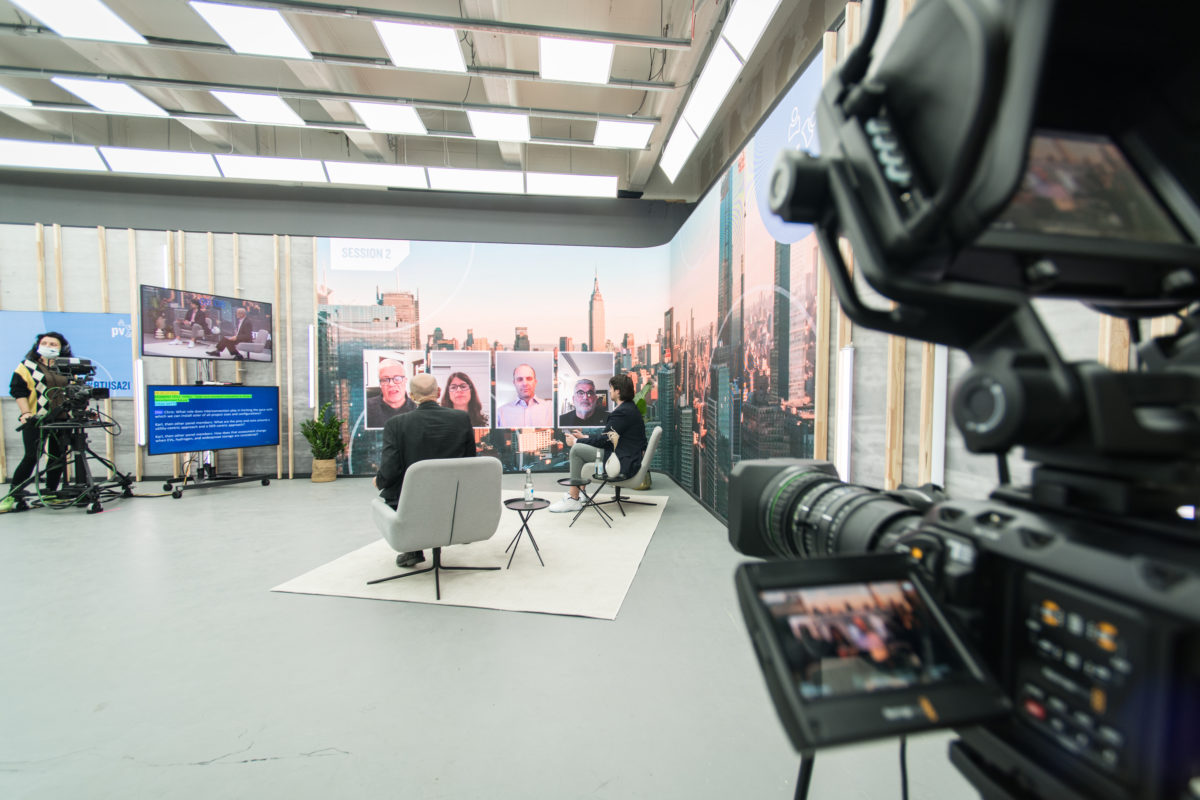








By submitting this form you agree to pv magazine using your data for the purposes of publishing your comment.
Your personal data will only be disclosed or otherwise transmitted to third parties for the purposes of spam filtering or if this is necessary for technical maintenance of the website. Any other transfer to third parties will not take place unless this is justified on the basis of applicable data protection regulations or if pv magazine is legally obliged to do so.
You may revoke this consent at any time with effect for the future, in which case your personal data will be deleted immediately. Otherwise, your data will be deleted if pv magazine has processed your request or the purpose of data storage is fulfilled.
Further information on data privacy can be found in our Data Protection Policy.